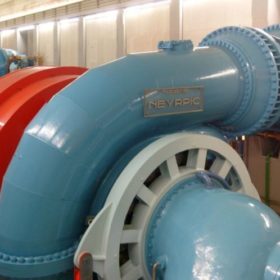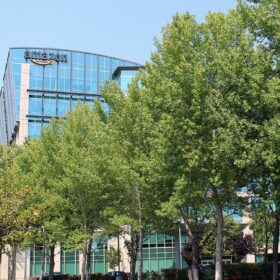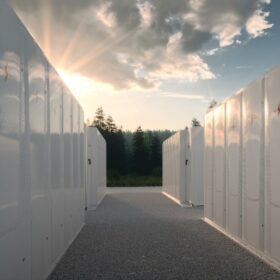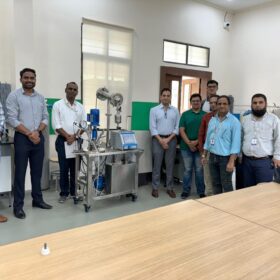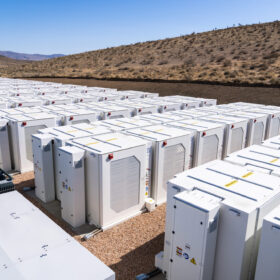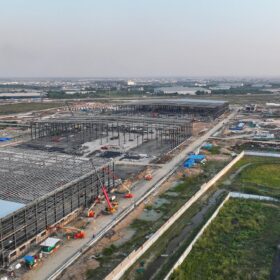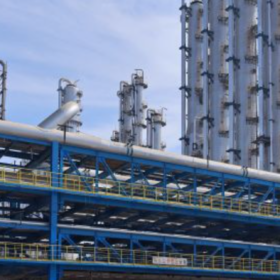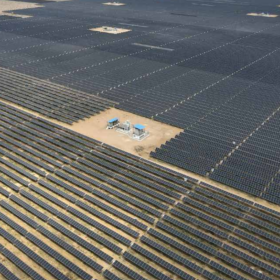‘The real cost of a battery storage goes far beyond $/kWh’
During a pv magazine Week Europe 2025 webinar, storage specialists gave their thoughts on what to consider when purchasing battery energy storage systems in Europe, with pricing, supplier options and product reliability all on the agenda.
Attero announces INR 150 crore investment to expand e-waste and copper recycling capacity across India
Once the new plants are commissioned, Attero’s overall processing capacity across e-waste and metals recovery will reach 244,000 tonnes per annum.
The Hydrogen Stream: IIT Kanpur, HBTU to jointly establish Centre of Excellence for Green Hydrogen in Uttar Pradesh
The Centre of Excellence, operated from the campus of IIT Kanpur and HBTU Kanpur, will prioritize research and development focused on green hydrogen production, storage, transportation, safety standards, testing, demonstrations, and industrial use. Special emphasis will be on applied research and technological solutions for industries such as refineries, fertilizers, transportation, manufacturing, and energy systems.
Bihar selects GreenCo Energies, Sun Petrochemicals for 2.12 GW of pump storage projects
Bihar State Power Generation Co. Ltd (BSPGCL) has selected GreenCo Energies and Sun Petrochemicals for the development of 2.12 GW of pumped storage power projects in the hilly areas of Nawada district
Amazon leads funding round for US silicon solid-state battery maker
Blue Current, which has a pilot production line in California, will use funding from an $80 million financing round led by Amazon to advance commercialization of its silicon solid-state battery technology for stationary storage and mobility applications in the United States.
India sees dramatic plunge in battery storage costs, Ministry reports
Market trends suggest battery energy storage systems (BESS) will likely operate 1.5 cycles per day, bringing the effective storage cost down to just INR 2.8/kWh (0.031/kWh), the Ministry said on Monday.
MIT-WPU researchers develop safer liquid hydrogen transport system
Researchers at India’s MIT World Peace University (MIT-WPU) have developed a Liquid Organic Hydrogen Carrier (LOHC) system capable of transporting hydrogen in a stable liquid form that is non-flammable, non-explosive, and manageable at normal temperatures and pressures. This breakthrough removes one of the biggest barriers slowing the widespread adoption of hydrogen in India.
THDC commissions Unit-3 of 1 GW pumped storage project in Tehri
THDC India Ltd., a subsidiary of NTPC Ltd., has commissioned Unit-3 (250 MW) of its 1 GW (4×250 MW) variable-speed pumped storage hydropower project in Uttarakhand.
Batteries now cheap enough to make dispatchable solar economically feasible
A new analysis from energy think tank Ember shows that the cost of storing electricity with utility-scale batteries has fallen to just $65/MWh as of October 2025 outside China and the US, making it economically feasible to deliver solar power when it is needed.
Agratas advances construction at its Sanand battery facility
Agratas, the global battery business of the Tata Group, is rapidly advancing the construction work for its battery manufacturing facility in Sanand, Gujarat. This facility will have a planned annual capacity of 20 GWh in its first phase.



